So, for years now, I have had a house in the country. And now I have a cow.
Folks who have read this blog in the past will remember Simon Peter Ojaman, my Ugandan godson. Betsy and I met him in 2007 in the IDP camp at Usuk. My men’s Bible study back in Boston put Simon through vocational school, and he is now a district councilor (sort of like being a state representative), and at 35 a leader of his clan.
A few years ago, Simon Peter and his family built a house for me and Betsy in his compound, in the village of Ajoatorom— a traditional one-room hut about twelve feet in diameter with a poured concrete floor and a thatched roof. It has its own granary, pit latrine, and “shower”— a booth big enough for one to stand beside a tub of hot water for a sponge-bath. In short, by village standards, all the comforts of home!
Until Wednesday, however, I had never spent a night there. And since Usuk is in Katakwi district, it makes sense for Pilgrim staff to accompany me— Dorothy our CEO, Doris our Ugandan Executive Director, Osborn Omoding our program director and Robert Ikwu our driver; we arrange meetings with the LOC 5— the district governor, who is called “Chairman”— and medical staff in two area health centers, planning to connect with these folks either on the way there or back.
This plan goes up in smoke. On the way we receive a call from the Chairman that the Karamojong have conducted a raid on a couple of villages the previous night and made off with a number of cattle. His presence is required in the bush. The staff of the clinics are not able to receive us either, given sudden “urgent commitments”. We are not upset. This kind of thing happens all the time in Africa. We can meet them on some other occasion, and this means we will have a more relaxed time in Ajoatorom (pronounced ah-wha-to-ROM ).
The roads have improved markedly since the end of the wars in this area; it only takes us an hour from Soroti to reach the beginning of the long rutted path to Simon’s compound. Another few minutes, and we find the first of the signs the people have put out to help the driver— a bouquet of flowers tied to a banana tree (translation: turn right). A kilometer or so further on and people appear hear and there, waving. As the village comes into view, we hear the familiar greeting songs, the whoops and cheers, and Simon’s family stream out to welcome us, accompanying our LandCruiser into the center of the compound.
Simon is in the middle of the scene, beaming. There are hugs and tears. He is a tall vigorous man in the prime of life. Every time I see him I remember the way he looked when I first met him in the camp; where we are now seems a lifetime away from the place where people scrounged for food, while others sat by their huts waiting to die. Now we are surrounded by his young family— children, nephews and nieces— and here, at least, the fields of Katakwi are green.
Simon escorts me to my house, and gives me the tour, inside and out. Pictures of Betsy and me at his wedding hang on the walls, and outside flowers festoon the roof. The rest of our party is shown to their huts; one is even equipped with solar power. We pause for prayers at the grave of Simon’s dad, then return to a feast that has been prepared, so we are all invited into the dining hut, seated in comfortable armchairs, and presented with an array of local delicacies— matakwan and sicomawik’ (greens related to chard, one sautéed the other creamed with a bit of yogurt), roasted pork, atap (a millet-based spoon-bread), a sauce made from groundnuts and ghee, potatoes, rice, and a bean curry, for starters. They do not always eat like this, but Ugandans always pull out all the stops for guests.
We take a walk through the fields, inspecting the crops, seeing the little church nearby that is an “outreach” of the parish of Saint Anne’s—one of forty-four preaching stations covered by two priests and several dozen catechists. We talk through the afternoon and into the evening. Friends come by to visit. Pastor John Ilukor, Simon’s best friend, is here with his wife Betty in a stunning ‘goma, a traditional formal dress. Father Jerome, one of the local parish priests, visits us and apologizes that he will be unable to join us for prayers tomorrow, though Fr. Aloysius will be here. I haven’t seen either of the clergy in a couple of years. The gathering goes on over hours; it reminds me a little of what it was like to visit my grandparents in the South when I was a child, with people coming and going, and no business but to tell stories and enjoy the company. We look up at the stars, which seem very close. The Southern Cross hovers over one of the huts.
The night is peaceful— for most of us. A cow is being kept from her calf to ensure there is milk for us all in the morning. She is tethered right next to Dorothy’s hut, and complains loudly for hours, in spite of which Dot is remarkably good-natured in the morning.
Fr. Aloysius arrives. We all have prayers together. Then I am presented with a present— a white heifer. She is beautiful, milky and smooth with a grey face that makes her look particularly gentle. I am told her Ateso name is Apusiait, but I am expected to give her an American name. I call her Lily— what else for a white cow? There is hearty approval. After lunch, as I hug them good-bye and we climb into the car, they promise me they will look after Lily, and assure me she will likely have a calf by this time next year.
Pondering all these things on the road down to Soroti, two things in particular strike me. First, is the profound sense of place. Nearly everyone in Uganda has a “village,” even those who live in Kampala. Think about this: there are nearly no cemeteries in the capital. Even if people die in the city, they are buried in their traditional village home, even if they haven’t been home for years. To be without a village is to be a non-person. So, Simon and his family aren’t just being generous; they are saying to Betsy and me, you are not a tourist, you are part of us, you exist in our sight. Second, in spite of decades of war and insurgency that decimated their herds, the wealth of the Iteso still lies in their cattle and in their land. This isn’t just one more attribute of their traditional society. It is an investment and savings strategy. Uganda’s economy is rocky, uncertain even in good times. Breeding cattle is like investing in gold. And the presentation of a cow now is a way of the family looking forward to their future. In ten years or so,
Lily may have turned into twenty cattle or so, just in time for Betsy— Simon’s daughter— to be eligible for marriage. As her “grandparents”, Betsy and I will be expected to present her with half a dozen cattle, or so, and in time make smaller such gifts to her brothers. So, the clan is in effect opening another savings account— all Simon’s uncles are planning similarly— for the next generation that can eventually be turned into anything from the price of a house to university tuition. I have to say it is really touching to be part of it all, for someone we love so much.
And Lily really is a very pretty cow.

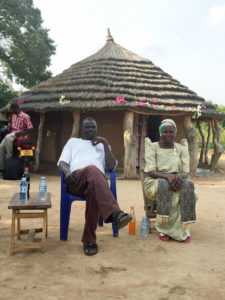
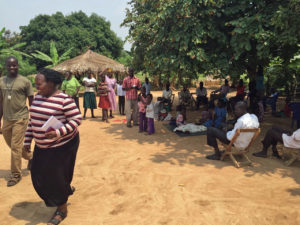
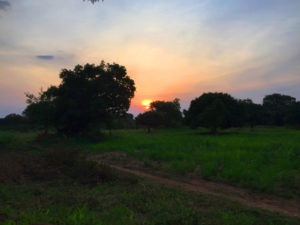
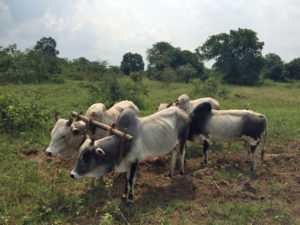
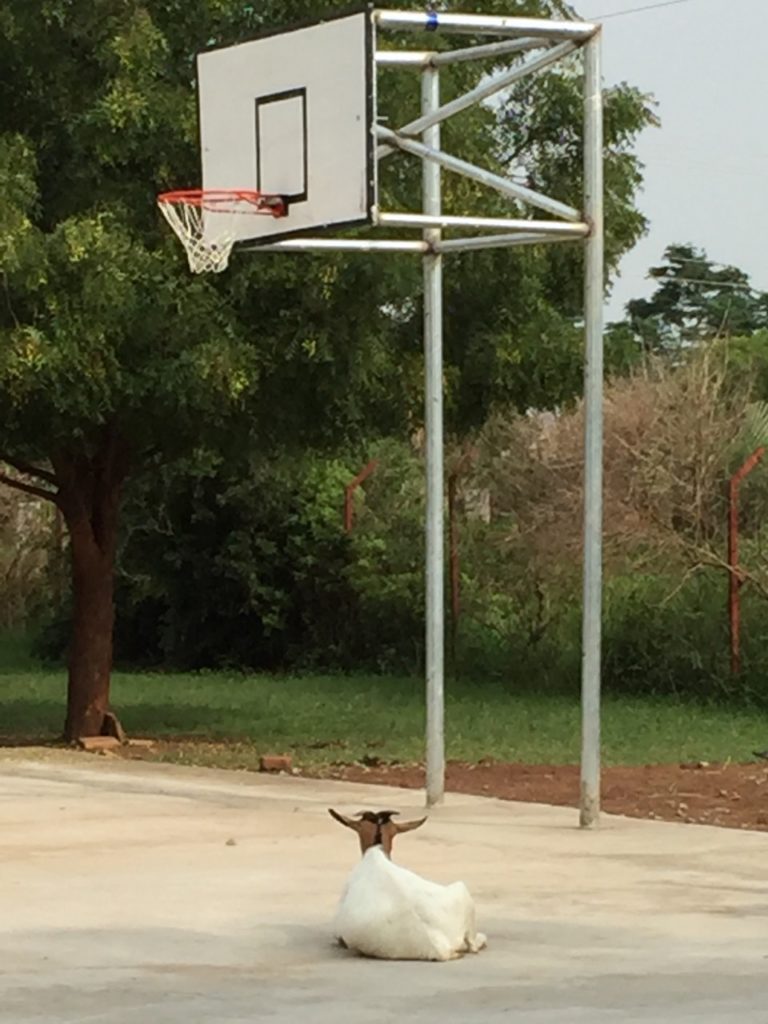
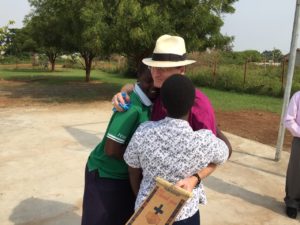
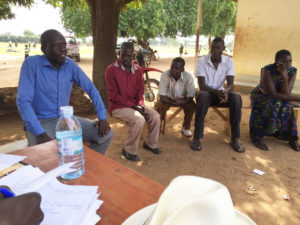
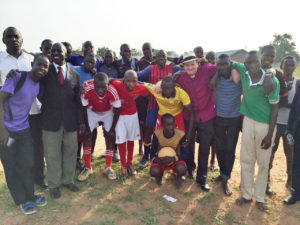

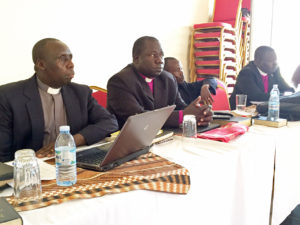
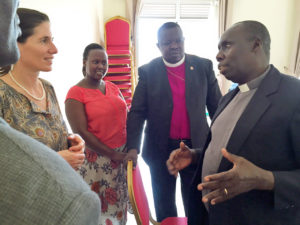
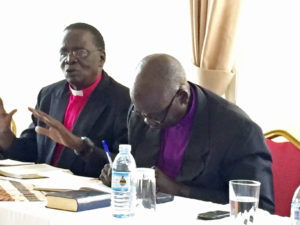
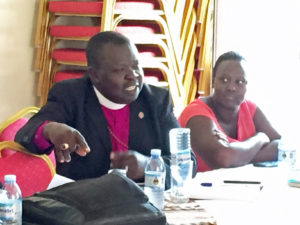
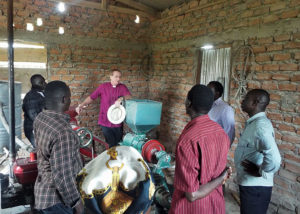
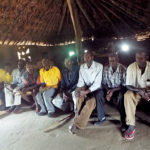
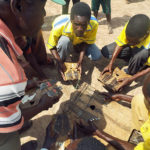
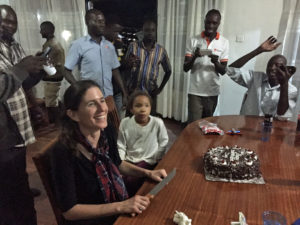
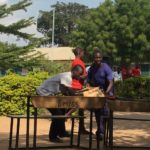
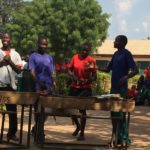
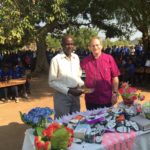
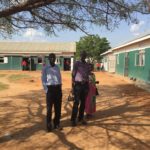
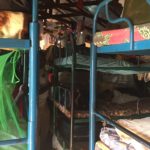
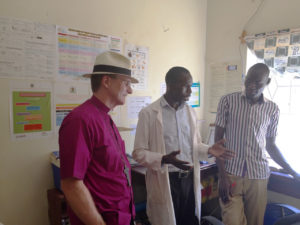
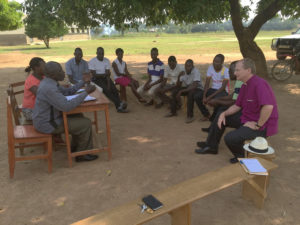
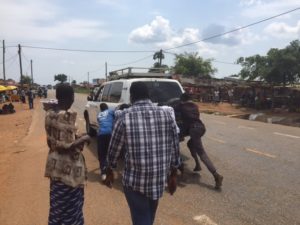
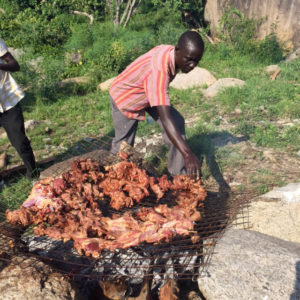
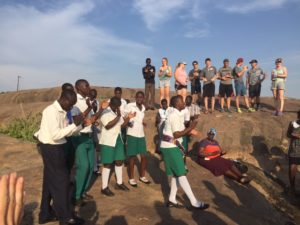
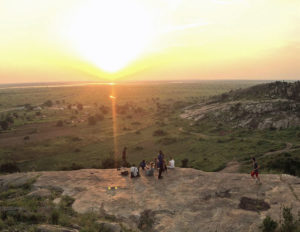
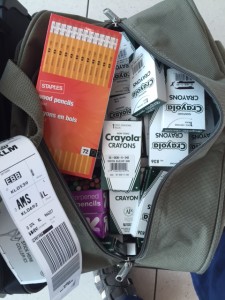 Pastor Nano and the good folks at Saint Stephen’s Wilkinsburg had a surprise for me. Nano called me up about a week before I left and asked if the kids at the school could use some pencils and crayons. Of course, I said, “Sure.” So she brought over about 500 of each! Since I travel light, it wasn’t hard to get them all in the luggage.
Pastor Nano and the good folks at Saint Stephen’s Wilkinsburg had a surprise for me. Nano called me up about a week before I left and asked if the kids at the school could use some pencils and crayons. Of course, I said, “Sure.” So she brought over about 500 of each! Since I travel light, it wasn’t hard to get them all in the luggage.